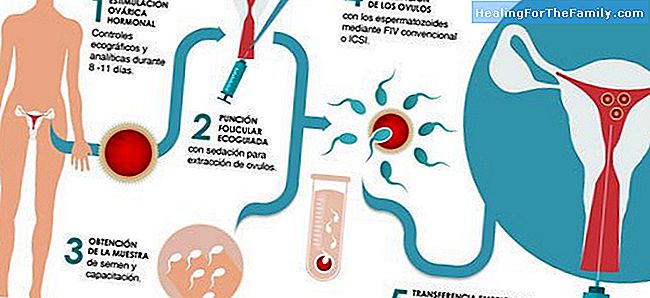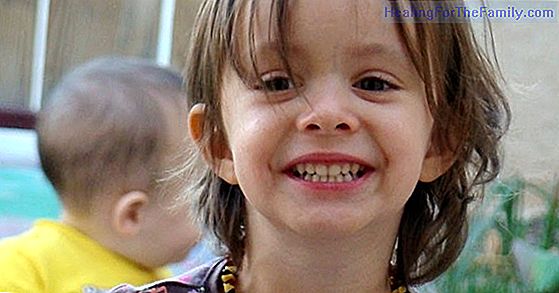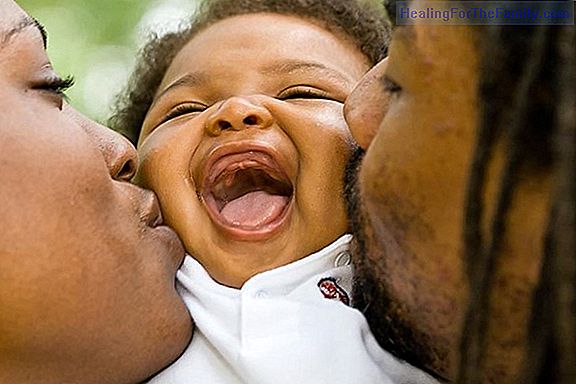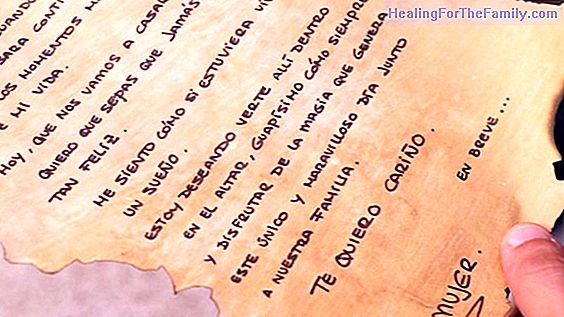What is an in vitro fertilization or IVF
One of the most used techniques for the treatment of infertility is IVF (In Vitro Fertilization) . The IVF technique is recommended in cases of female or male infertility, ovarian dysfunction, endometriosis or failure of artificial insemination among others. But ... what exactly does it consist of?
One of the most used techniques for the treatment of infertility is IVF (In Vitro Fertilization). The IVF technique is recommended in cases of female or male infertility, ovarian dysfunction, endometriosis or failure of artificial insemination among others.
But ... what exactly does it consist of? How is in vitro fertilization carried out?
What is in vitro fertilization step by step

Basically, an IVF seeks to promote fertilization and get embryos to later implant them in the uterus, this fertilization can also be carried out through ICSI Intracytoplasmic Sperm Injection. IVF follows all these steps:
1. Ovarian stimulation. Within an IVF, the first step is to diagnose the causes of sterility and start the process through ovarian stimulation. This is done through a pharmacological protocol defined specifically for each woman. With this we get the ovaries to produce a greater number of oocytes than usual (one a month) to have more chances of subsequently fertilized embryos.
2. Extraction of the oocytes. The reproduction team monitors the ovarian stimulation by means of hormonal analyzes and ultrasounds to find the best moment for the extraction of the oocytes, this is done through a transvaginal puncture of the follicles.
3. Semen preparation. Semen is prepared in the laboratory through a process called sperm capacitation with the objective of selecting the most suitable sperm for fertilization.
4. Fertilization. Subsequently, incubation is encouraged by contacting the sperm with the oocytes and allowing them to incubate for a few hours to check if there has been fertilization. The number of fertilized oocytes is variable, depending on each case.
5. Embryo transfer. Once fertilization has taken place, its evolution is observed to define the best day to carry out the embryo transfer. Usually 1 or 2 embryos are transferred.
6. Cryopreservation. If several embryos have been produced and some of them are transferred to the uterus, they can be cryopreserved, provided that their quality is optimal. Cryopreservation takes place during a period that usually includes the woman's fertile life so that she can use them later.
After a study of the couple, the Clinic always provides the technique that best suits your situation and wishes.
Dr. José Manuel Pintado
Medical Director and Head of the Reproduction Unit of the Pintado Medical Center












